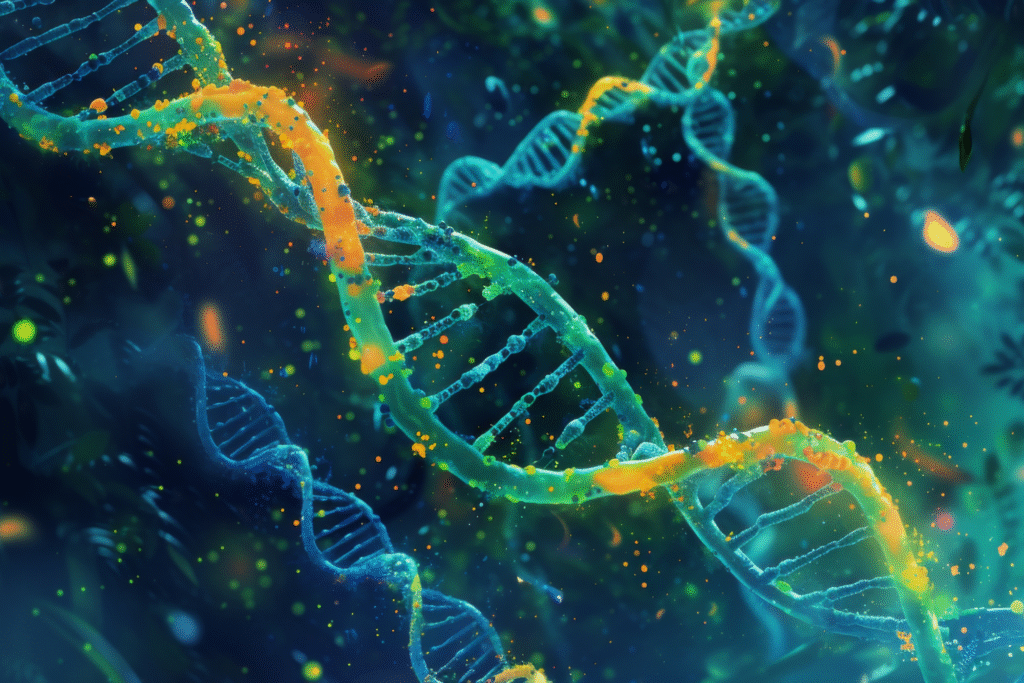Single Cell DNA Sequencing
What is Single Cell DNA Sequencing (scDNA-Seq)?
Single Cell DNA Sequencing (scDNA-Seq) is a powerful technology that enables the analysis of the genetic material of individual cells. Unlike traditional bulk DNA sequencing that provides an average signal across thousands or millions of cells, scDNA-Seq reveals cell-to-cell genetic variations, including mutations, copy number variations (CNVs), and structural variants.
This approach is particularly valuable in understanding tumor heterogeneity, mosaicism, clonal evolution, developmental biology, and rare cell populations.
Overview
Goal: Genomic profiling of individual cells
Analyzes: DNA from single isolated cells
Applications: Cancer research, immunology, stem cell biology, embryogenesis, neuroscience
Platform: Illumina, 10x Genomics, Mission Bio, BGI, Fluidigm, and others
Read Type: Typically short reads; paired-end; high-depth
How Single Cell DNA Sequencing Works
Cell Isolation
Individual cells are isolated using techniques like FACS, microfluidics (e.g. 10x Genomics), or laser capture microdissection.Whole Genome Amplification (WGA)
Since a single cell contains only ~6 pg of DNA, the genome must be amplified using methods like MDA, MALBAC, or DOP-PCR.Library Preparation & Sequencing
Amplified DNA is fragmented, barcoded, and prepared for high-throughput sequencing.Bioinformatics Analysis
Reads are aligned to a reference genome, and mutations, CNVs, or structural variants are detected for each individual cell.
Applications of Single Cell DNA Sequencing
Cancer Research
Track tumor evolution, clonal diversity, treatment resistance, and minimal residual disease.Developmental Biology
Understand cell lineage and differentiation during embryogenesis.Neurology
Detect somatic mutations in neurons to study aging or neurodegenerative disorders.Genetic Mosaicism
Identify spontaneous mutations in only a subset of an individual’s cells.Microbial Genomics
Sequence genomes of unculturable single microbes in environmental samples.Immunology
Track B-cell or T-cell clonal expansion via V(D)J recombination studies.
Advantages of scDNA-Seq
Cell-Level Resolution
Unmasks cellular heterogeneity hidden in bulk sequencing.Rare Variant Detection
Identifies mutations present in a few or even single cells.Lineage Tracing
Follow clonal evolution of cells in development or disease.Tumor Heterogeneity Insights
Distinguish between subclones and track evolution over time.Minimal Input Requirement
Requires DNA from just one cell (~6 picograms).
Key Features of Single Cell DNA Sequencing
| Feature | Description |
|---|---|
| Single Cell Resolution | Genomic data from one cell at a time |
| Whole Genome or Exome | Can target entire genome or specific exons |
| Copy Number Analysis | High-resolution CNV detection at cell level |
| Clonal Structure | Reconstruction of clonal phylogenies in cancers |
| High Sensitivity | Detects low-frequency variants that bulk methods miss |
| Scalability | 100s to 1000s of cells can be sequenced in a single experiment |
Limitations and Challenges
Amplification Bias
WGA introduces uneven coverage, allelic dropout, and errors.Low Coverage
Trade-offs between sequencing depth and number of cells.Data Complexity
High-dimensional data requires advanced bioinformatics and statistical modeling.Cost
Higher per-sample cost than bulk sequencing due to complex workflows and low input.Error Rates
WGA-induced errors can mimic somatic mutations if not corrected.
Popular Tools and Pipelines for scDNA-Seq
Cell Ranger DNA – From 10x Genomics; pipeline for preprocessing and variant calling
SCcaller / Monovar / SCITE – Tools for SNV detection in single cells
Ginkgo / InferCNV / CopyKAT – CNV inference and visualization
PhyloWGS / SciClone – Reconstructing phylogenetic trees of tumor clones
Seurat + Custom Pipelines – For integrating scDNA with scRNA or ATAC data
IGV – Visualization of genomic variations per cell

